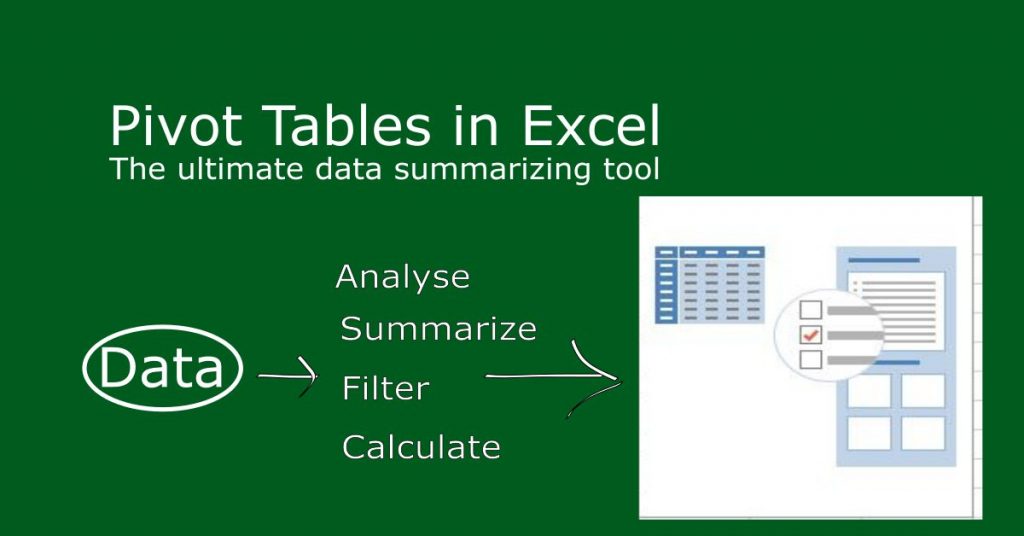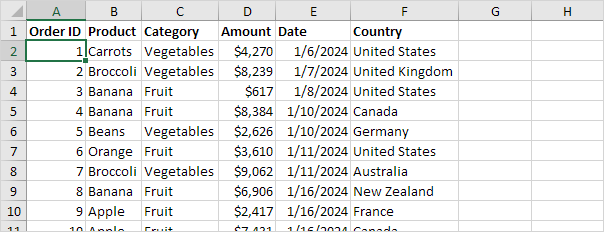

Now try double-clicking on Ice Cubes during the month of March 2013: You can see that in the data breakdown for September 2014, there are no defects! This is why the Product result is 0. PivotTables('PivotTable1').PivotFields('Sales'), 'Sum of Sales', xlSum End Sub If you execute this macro, it will almost certainly end with an error. We love the ones that show zero because that means there are no defects! For example, would be for Bottles during the month of September 2014. Double click on it to see more details! The pivot tables are capable of complex caluculations in a fraction of. Once you double-click on the sheet, select Worksheet and select the event as Change. Pivot table offers a way to extract significant data from a bunch of available data. In the visual basic editor, double click on the datasheet. So if any row for that specific duration has a 1, then the result in this Pivot Table is a 1 as well. We need to trigger the change event of the datasheet. Excel VBA & Excel Pivot Tables Crash Course: Ultimate Crash Course to Learn It Well and Become an Expert in VBA, Excel Macros & Pivot Tables. Excel forms part of the Microsoft Office suite of software. STEP 3: Now what Excel has done is for that specific duration, it has multiplied all the Defect values. pivot tables, and a macro programming language called Visual Basic for Applications (VBA). More detailed illustrations may be linked to external content (instead of copying existing original material). Pivot tables can dramatically increase your. Some examples and explanations are created here as a collection point for quick answers. Click on the arrow and select Value Field Settings Learning Pivot Tables is a skill that will pay you back again and again. STEP 2: It will default as Sum of DEFECTS. This will be crucial once we use the Product function later. If there is a defect that day, we simply mark it as 1.

Notice that I have added a Defects column.
#EXCEL VBA TUTORIAL PIVOT TABLES CODE#
You can also download the sample file there, with all the code examples for changing the pivot table layout, or determining the current layout.Here is our data set. There are other code examples on the Excel Pivot Tables Report Layout VBA page on my Contextures website.

If you want to change a pivot table’s layout with programming, use the following macro, which applies the Outline Layout to the first pivot table on the active sheet. The pivot table will change to the selected layout.Ĭhange the Pivot Table Layout With a Macro Webinar Number: W0021 This webinar covers using VBA to create and use a Pivot Table.

Here is the same pivot table in Outline Layout. I prefer the Outline Layout, or Tabular Form Layout, because they put each row field in a separate column, and show the field names, Customer and Date. You can manually change the pivot table settings, so it uses the Outline Layout instead, use change it with a macro, like the one below. All the row fields are in Column A, and the heading says “Row Labels” Here’s what a pivot table looks like in Compact Layout, when it is created. That makes it easy to apply all your favourite settings to a new pivot table, or any existing pivot tables. Create Empty Pivot Table Source Data, Property, Where the source data locate, Worksheets(Sheet1).Range(A1:B7) TableDestination, Property, Where the Pivot. NOTE: If you have my PivotPower Premium add-in installed, you can select a layout in your Preference Settings. You can read more about the Compact Layout on my Contextures website. The first step is to declare the variables which we need to use in our code to define different things. That layout has all the row fields in a single column, with each field slightly indented from the previous field. After following these steps you will able to automate your all the pivot tables. When you create a new pivot table in Excel, it uses the Compact Layout, by default.


 0 kommentar(er)
0 kommentar(er)
